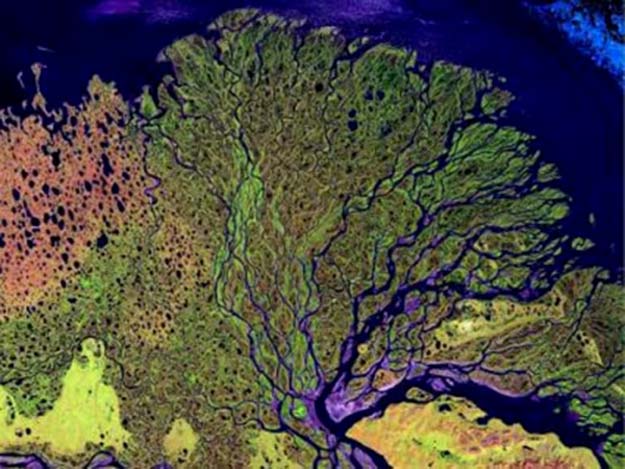Scientists have been explaining for years that the Arctic is a key region when it comes to climate change, what with thinning ice, melting permafrost and the loss of habitat crucial to the survival of major species including seals, walruses and polar bears.
Now, says a study just published in Nature Geoscience, we can add one more insult to the Arctic ecosystem that may well be at least partly climate-related: significant amounts of toxic mercury flushed into the Arctic Ocean every spring by three mighty rivers most Americans have probably never heard of: the Lena, the Ob, and the Yenisei, all of which flow north through Siberia.
“We’ve known for a long time that there’s a high concentration of mercury in Arctic biota,” said the study’s lead author, Jenny Fisher, a postdoctoral fellow with Harvard’s Atmospheric Chemistry Modeling Group in an interview. Once the neurotoxic (nerve-killing) heavy metal gets into the food supply, it doesn’t break down. Instead, it gets concentrated as bigger animals eat smaller animals on up the food chain, from plankton to fish to seals on up to polar bears, and also the indigenous Inuit, who get much of their nourishment through hunting.
Environmental experts have assumed that the mercury gets up to high latitudes through the atmosphere. It’s belched out through smokestacks of coal-burning power plants and other industrial sources and wafts up into the air, where it can circulate for a year or more before being washed out by precipitation. It all made sense in a general sort of way. Read more


